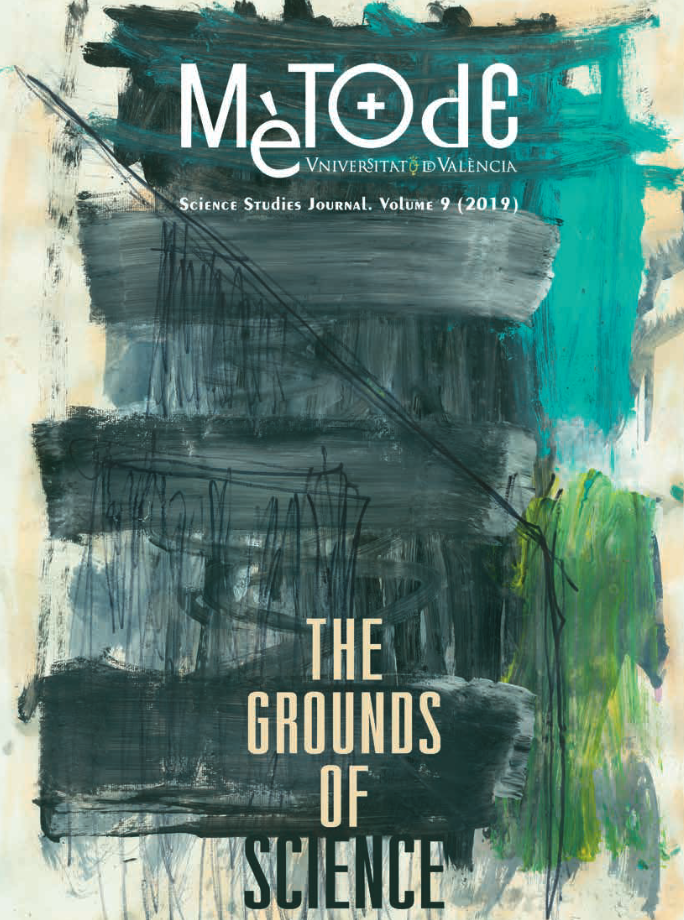The university, driver of innovation
DOI:
https://doi.org/10.7203/metode.9.14162 Abstract
Abstract
Several universities have recently made the front page of newspapers, televisions, and other media, but, unfortunately, the reason behind this was not their day-to-day work, focused on training and research, but some cases of malpractice by certain academics who used and abused the institution for personal gain.
By its very nature as a public service, the University is based on analysis and criticism, including self-criticism. Very few institutions are. Perhaps that is why, without ignoring the fact that there is room for improvement, we must prove the increasingly important role that these public bodies have been given, as well as their achievements for social benefit and progress. In our country, in just a few decades, public universities went from being centres devoted exclusively to higher education to fully participate in research. And in even less time, they have been able to overcome the paradigm of a Humboldtian university, adding a third pillar – the transfer of knowledge to society in its different facets – to the two traditional foundations, teaching and research.
In recent years, European, Spanish, and Valencian governments have emphasised the need to create knowledge-based companies and to provide advances that can be applied to the real economy. The University of Valencia proposed a strategic project so that part of the knowledge it generated could transform into direct benefits for our fellow citizens, in the form of improvements in product and service creation and, in general, in innovation within the productive system. Thus, the Science and Technology Park of the University of Valencia (PCUV in its Valencian initialism) was officially inaugurated in 2009, conceived as a space for the daily coexistence of academia and business. In this period, several research institutes have been consolidated, new ones have emerged (some within the Spanish National Research Council) and, for the first time, knowledge-based companies are being regarded in their own right. A total of 200 companies have flourished in the Science and Technology Park in almost a decade. Some have disappeared due to market difficulties and the economic crisis, but others have grown so much that they have continued their development and internationalisation in other places, responding to new space needs or to a level of consolidation that makes them independent of the University’s commitment to entrepreneurship.
The Science and Technology Park currently hosts 85 innovative companies with an annual turnover of over 30 million euros. These companies have generated 470 direct jobs close to gender equality (43 % of women and 57 % of men), and where graduates represent 83.7 % (15 % of whom hold PhDs). These figures show that the institutional commitment made it possible to generate an active innovative ecosystem that, in under ten years, has made a positive impact on our environment.
We live in an age of dizzying novelties, where new technologies in robotics, ICT, big data, biotechnology, or materials – all of which are areas of activity that are present at the PCUV – will achieve breakthroughs that were previously unimaginable. Therefore, twenty-first-century universities must participate in these challenges that will eventually lead to a new and sustainable economic model and contribute to solving the problems that those new circumstances will create in society. Universities, generators of knowledge and innovation, must be restless and sensitive to change, ready to face new challenges and help societies improve and move forward.
 Downloads
Downloads
Downloads
Published
How to Cite
-
Abstract947
-
PDF653
Issue
Section
License
![]()
All the documents in the OJS platform are open access and property of their respective authors.
Authors publishing in the journal agree to the following terms:
- Authors keep the rights and guarantee Metode Science Studies Journal the right to be the first publication of the document, licensed under a Creative Commons Attribution-NonCommercial-NoDerivatives 4.0 International License that allows others to share the work with an acknowledgement of authorship and publication in the journal.
- Authors are allowed and encouraged to spread their work through electronic means using personal or institutional websites (institutional open archives, personal websites or professional and academic networks profiles) once the text has been published.





